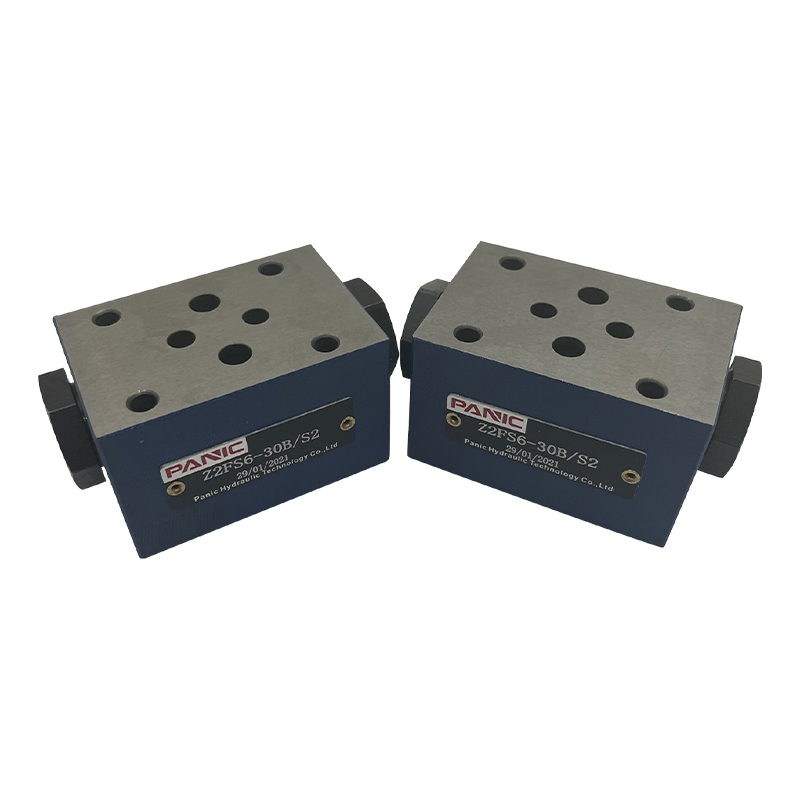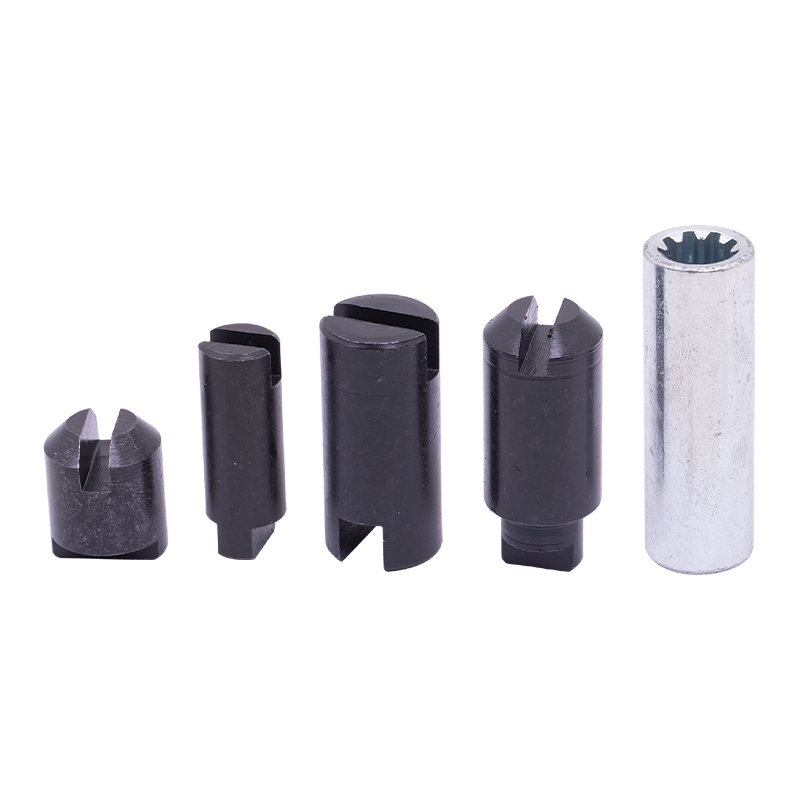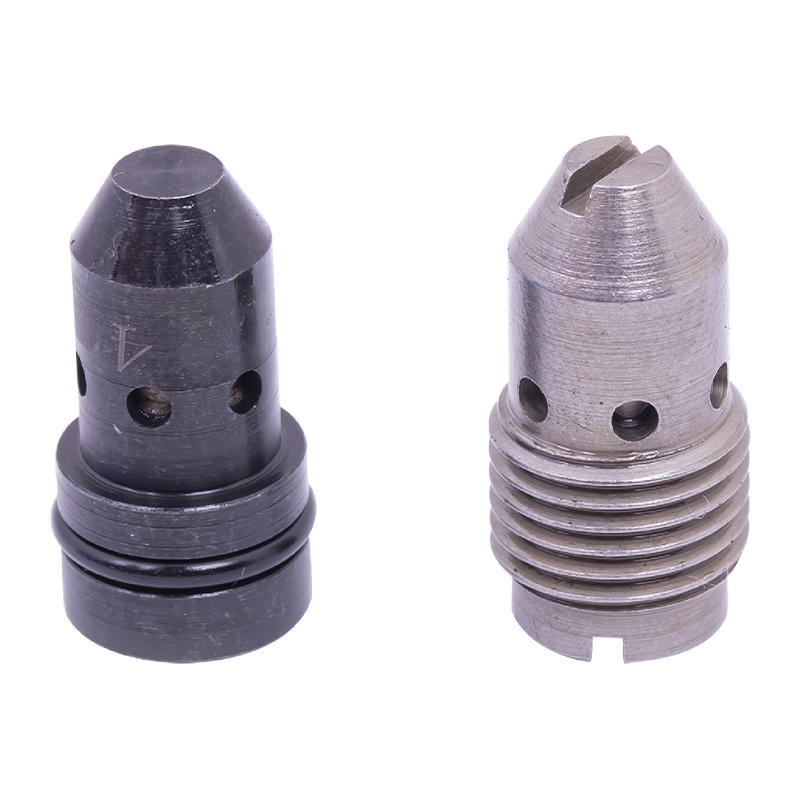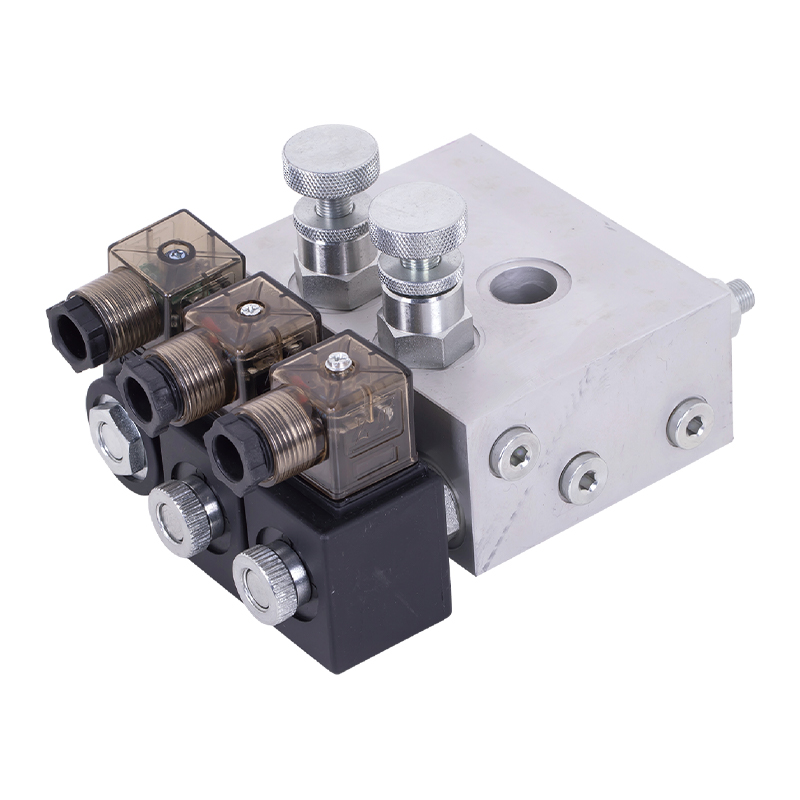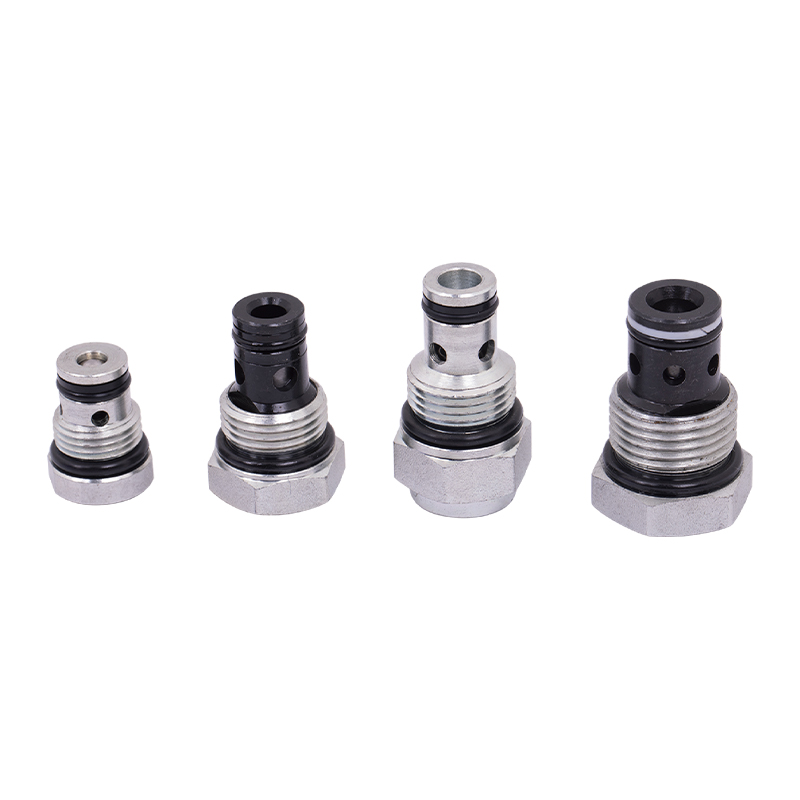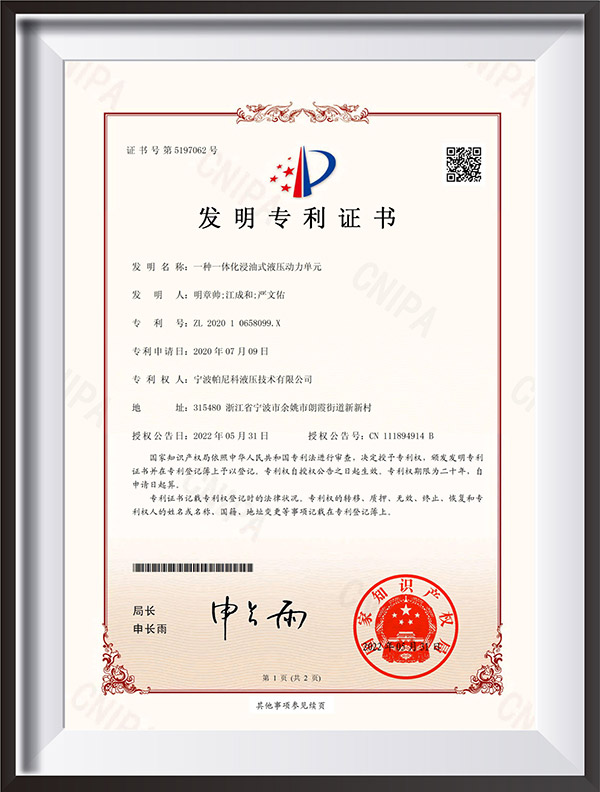The superimposed hydraulically controlled one-way valve is a key device used to lock the position of actuators (such as cylinders and motors) in hydraulic systems. It can prevent them from moving on their own under load and ensure the safety and stability of the system.
It consists of two one-way valves connected in reverse parallel. When the system is supplied with oil, the pressure oil pushes the one-way valve to enter the actuator; after the oil supply stops, the one-way valve closes, sealing the oil in the actuator to achieve position locking. It has the characteristics of high locking accuracy, strong load-bearing capacity, and rapid response. It can maintain the locked state even if the system loses pressure.
It is widely used in scenes such as hydraulic lifting platforms, engineering mechanical arms, and lifting equipment, and is an important component to ensure operational safety.


 English
English 中文简体
中文简体 русский
русский